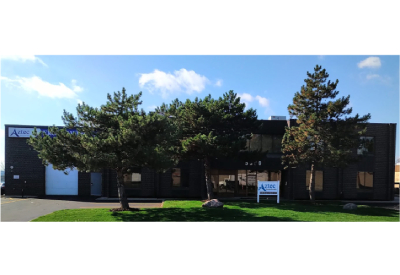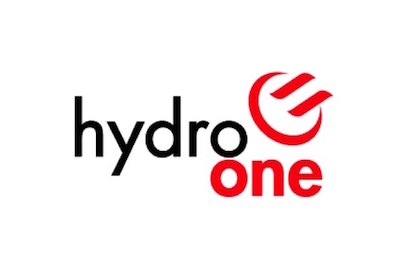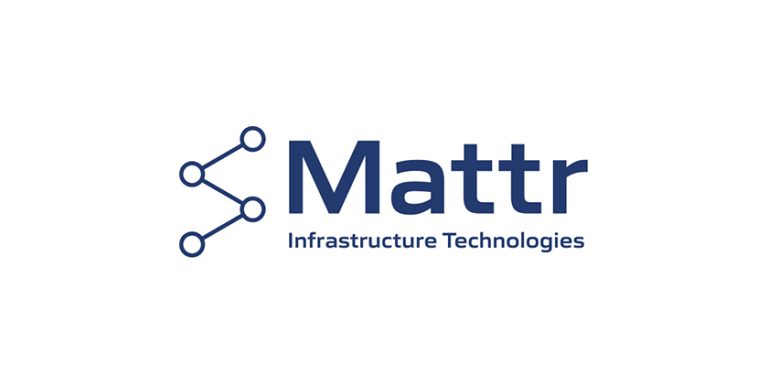The Invisible Injuries of Electrical Shock and Getting Patients ‘Back on Track’

November 16, 2017
It takes seconds for a bolt of electricity to course through your body and months, even years, to fully recover. “You can’t tell just by looking at a patient what some of the complex, life-altering effects of electrical injuries are,” says John Cho, Occupational Therapist and clinical coordinator for the outpatient Back on Track rehab program at St. John’s Rehab Hospital.
The patients look like you or me. Everything is fine on the surface, but there’s much more going on underneath. Some are recovering from visible injuries such as burns or fractures, but may also be experiencing neurological dysfunctions, like muscle twitching, tightness, weakness or a loss of sensation. They may have difficulty doing simple things like walking, using everyday tools or workplace equipment, or even listening, remembering, and explaining their symptoms.
A multidisciplinary team of specialists at St. John’s Rehab work together to provide comprehensive customized assessment and treatment for these complex, invisible and unpredictable injuries. For example, a physiotherapist may work with a patient to regain the strength it takes to open a clenched fist. An occupational therapist will help the same patient close it at will, so that they can hold a pencil to write or a fork to eat. Until patients can regain that independence, a psychologist will help them overcome sleep disturbance, depression, anxiety and help them stay motivated to participate in rehabilitation. The Back on Track rehabilitation team also includes nurses, social workers and other medical specialists that address the unique and complex rehabilitation needs of each patient.
Electrical injury referrals are accepted by the Back on Track program from physicians and through the Workplace Safety and Insurance Board (WSIB). The program also includes an electrical injury telemedicine component, which allows patients to be seen via video conferencing by the team at St. John’s Rehab and acute-care partner Sunnybrook Health Sciences Centre. In addition to electrical injuries, the Back on Track team provides outpatient care to clients of the WSIB and auto insurers. “An electrical injury doesn’t have to be a barrier in reaching life goals,” says Cho. “Each discipline works together so that patients can regain a function or learn a new strategy to achieve the same function.”
Patients have access to complementary forms of therapy such as chiropody, chiropractic and aquatic massage. “Acupuncture has been effective in relieving pain, and combination therapies, such as a psychology and massage session together, have been used to strengthen relaxation,” says Dr. Sandeep Hunjan, Clinical Psychologist at St. John’s Rehab.
There aren’t many electrical injury patients in Canada and they are often challenged or misunderstood by family, co-workers, insurers and employers. Electrical injuries are not immediately visible, they don’t show up on traditional tests and no two cases are alike: each person presents a different constellation of symptoms which arise slowly and unpredictably. “The signs and symptoms of electrical injuries are not readily taught or readily recognized,” explains Dr. Joel Fish, St. John’s Rehab’s Chief of Staff and the Medical Director for the burn rehab program.
Some patients even go back to work confused and unable to understand what’s going on inside their own bodies. New issues can show up weeks or months later and are less likely to be attributed back to the electrical accident. This reduces the chance that patients will see electrical injury specialists who can provide the help they need. “The best thing for anyone who has been in an electrical contact accident is early intervention,” says Dr. Fish. “A specialized, comprehensive assessment by a multidisciplinary team will result in a plan of care that minimizes future complications, such as permanent disability or other long-term effects.”
But, few patients are referred to specialists where they can be assessed, treated and studied. According to Environment Canada’s website, 60 to 70 people are injured by lightning each year. The Association of Workers’ Compensation Boards of Canada states that 600 to 800 people experience workplace electrical accidents annually. If provided with the right care, these people can recover from electrical injuries and successfully return to work, their communities and lives.
People from across the country have been assessed and treated at St. John’s Rehab Hospital since the electrical injury program began in 2003. Currently, St. John’s Rehab and Sunnybrook are Canada’s only specialized rehab and acute care facilities working clinically and publishing research about electrical injuries. Articles are available on the long term effects, the rates of return to work and pain characteristics. St. John’s Rehab is conducting research with the University of Toronto on emerging trends in thermal chemical burn and electrical injury patients. Ongoing research will help develop new therapies that may benefit existing and future patients.
“One of the benefits of St. John’s Rehab’s program is that we can recognize the patterns of symptoms,” says Dr. Cathy Martin-Doto, Clinical Psychologist. “Instead of patients having to retell the same story, we can say, ‘we’ve seen this before,’ ” adds Dr. Hunjan. Instead of explaining what it’s like to live with an electrical injury; patients at St. John’s Rehab can focus on recovery and returning to their lives.
For more information visit www.stjohnsrehab.com
















